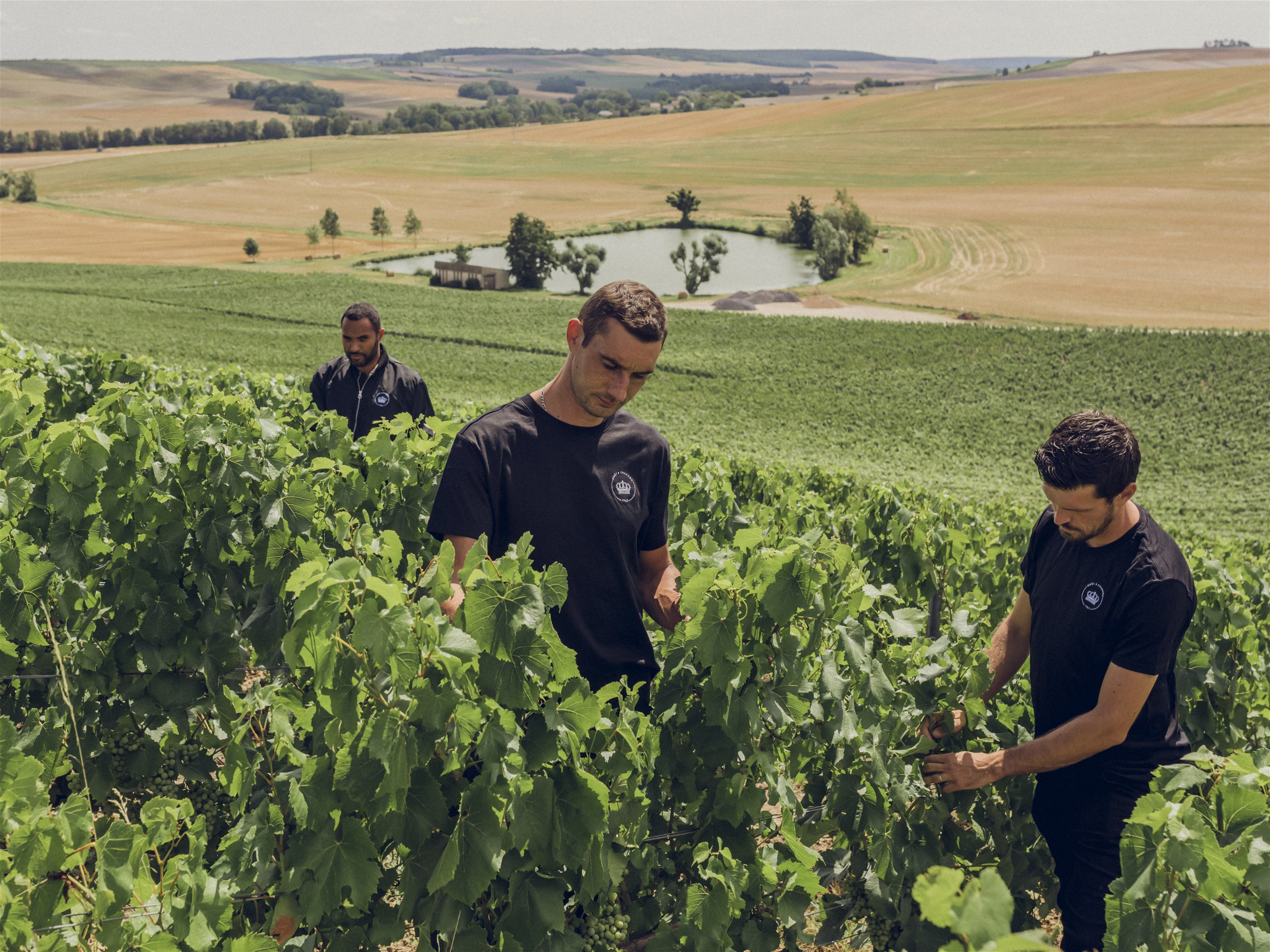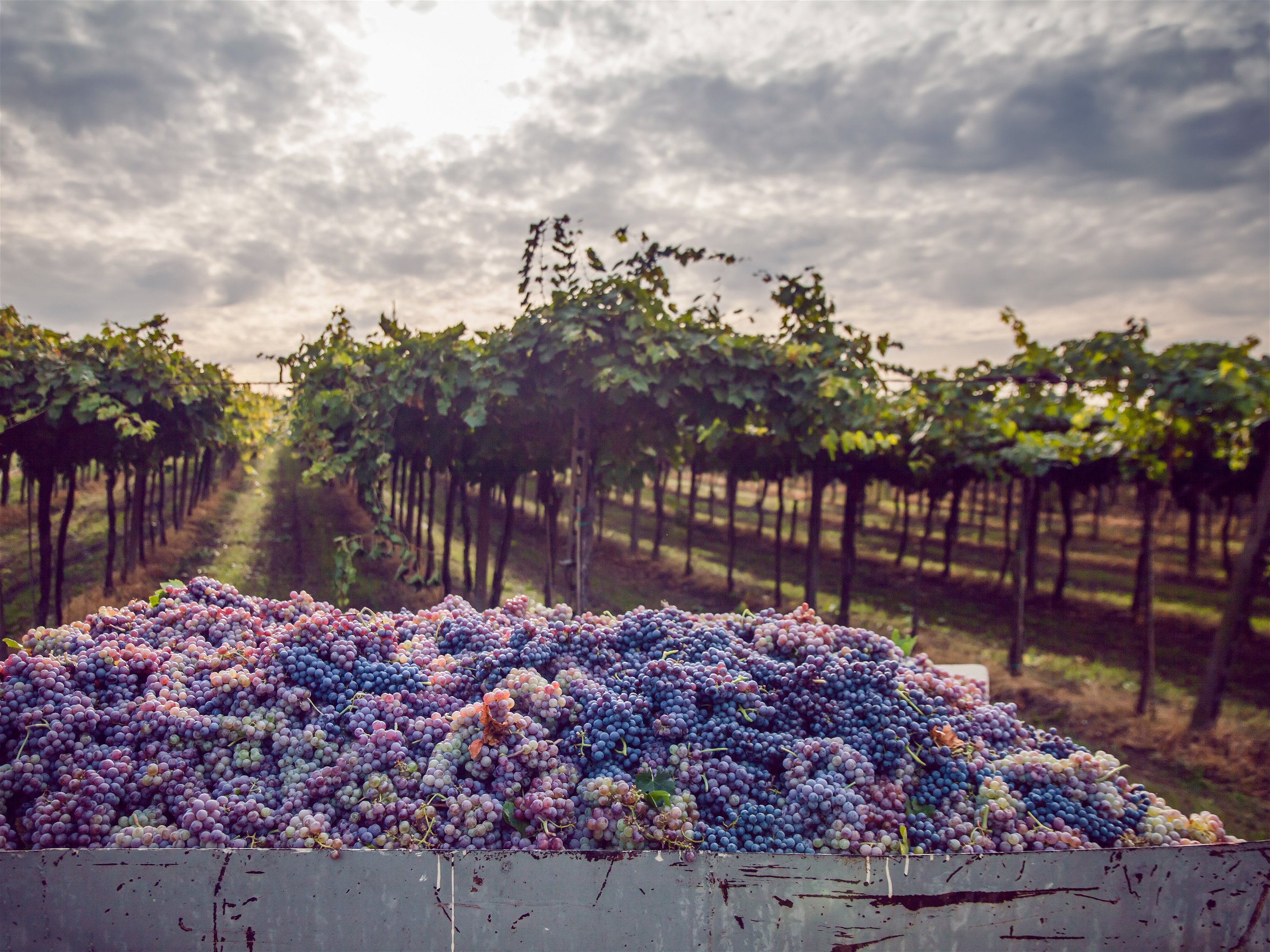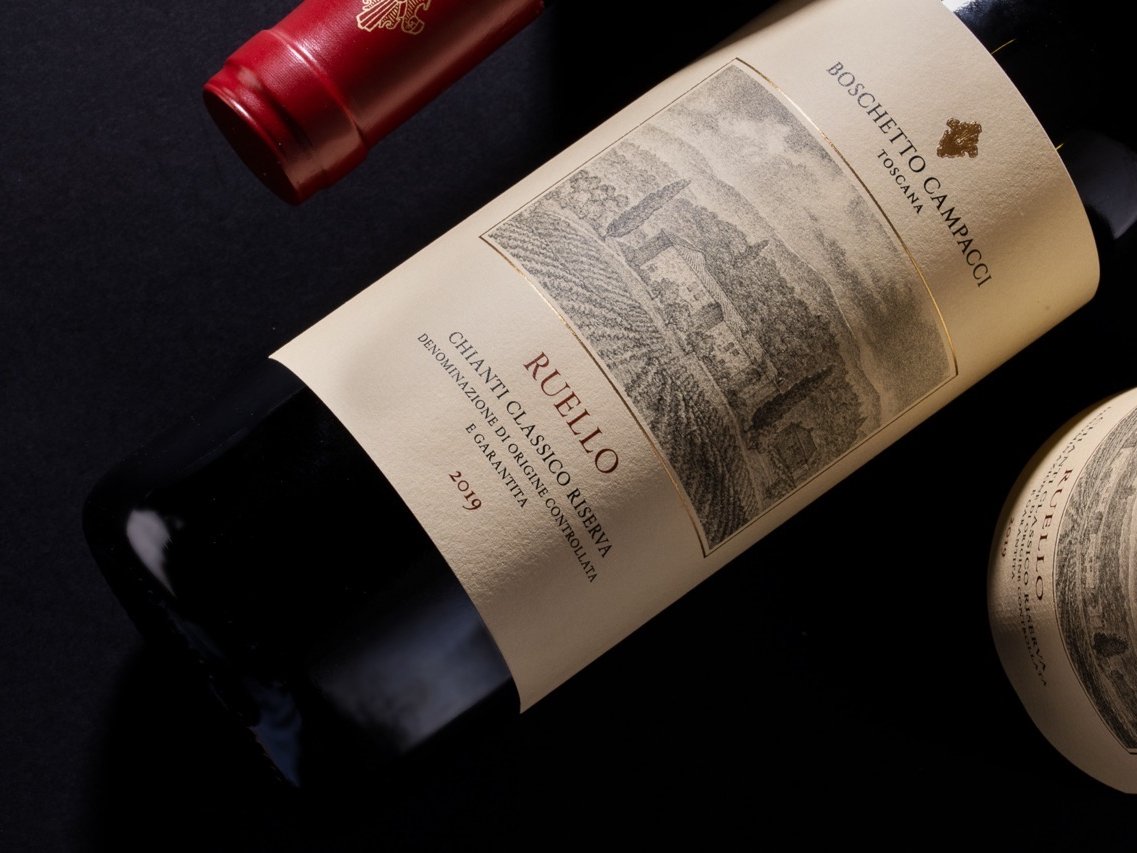This is how the 2023 vintage will look in Germany, France, Italy and Switzerland
The 2023 wine year was anything but easy. According to the International Organization of Vine and Wine (OIV), only around 244.1 million hectolitres were harvested, seven per cent less than in 2022. A look at the most important countries in Europe.
Germany
Riesling in the advantage of the October sun
The year 2023 was challenging for winegrowers: an excessively wet spring led to mildew infections, then came a very dry and warm, long summer - even at the beginning of September, temperatures were still in the 30s. This weather, combined with rain, caused rapid rotting in early-ripening varieties such as Burgundy and problems caused by the cherry vinegar fly, especially in dark-skinned berries. A quick harvest was necessary, which significantly reduced the yields (which were still classified as plentiful at the beginning of September). The latest harvest forecast is 8.8 million hectolitres, an average vintage.
Despite the adversity, there were winners: late-ripening varieties such as Riesling benefited from dry, cool and sunny conditions in late fall. The Rieslings of this vintage are light to medium-bodied, well-structured and show fresh, complex aromas. It was a particularly good year for fruity and noble sweet Rieslings with fresh acidity and balanced fruit. Where careful selection was carried out, excellent Beerenauslese and even Trockenbeerenauslese wines were produced. The Silvaner also showed its best side, emphasising its mineral characteristics in Franconia with a moderate alcohol content and good aromatic freshness. In addition, winegrowers who relied on fungus-resistant new varieties ("PiWis") were satisfied.
Switzerland
A challenging and atypical year
The 2023 wine year was exceptional for Swiss winegrowers. Despite the drought in the summer and capricious weather conditions, the harvest is expected to be similar to the previous year at 99 million hectolitres. The drought led to an increase in powdery mildew (oidium) in German-speaking Switzerland, but timely measures enabled good grape quality. Storms with hail in Graubünden and Valais damaged 20 to 40 percent of the vines in some municipalities. The harvest lasted until the third week of October in some cases, with the wine quality being satisfactory overall. Pinot Noir in particular displays a broad spectrum of aromas, which favours blends.
In Vaud, the second largest wine-growing region, production is expected to peak at around 30 million litres, an increase of 7.5 percent compared to 2022. Despite early mildew problems and summer heat, good harvests were recorded here, although the must weights were somewhat lower than in the previous year. The year was challenging in Ticino, but improved towards the end. Rain encouraged downy mildew and caused grape damage in some areas. Nevertheless, high-quality grapes were harvested, especially Merlots, which are less powerful but fresh.
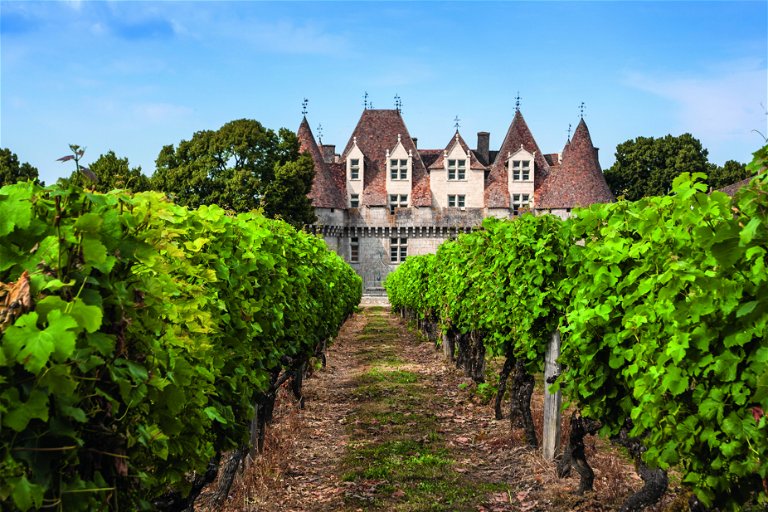
France
Wide range in every respect
The 2023 vintage in France was characterised by heat and drought throughout the country, resulting in a harvest volume that was around 30 percent lower. Early summer mildew caused dramatic losses in Bordeaux, whereupon a crisis hotline was set up. However, a warmer and drier August and a very warm September led to the grapes ripening better than expected. The vintage proved to be very heterogeneous with widely varying results within individual farms. Merlot suffered particularly from the drought.
In Burgundy, the vintage was positive and high-yielding despite changeable weather and mildew. The harvest of Pinot Noir and Chardonnay began early and the young wines are very aromatic. Champagne recorded a large harvest with a high berry weight, which suggests weaker extracts. The Chardonnay vineyards on the Côte des Blancs stood out in particular. In the Loire Valley, the middle section was affected by warm and humid weather, while things went better in Sancerre and the Muscadet region. The Beaujolais reported low harvests due to heat and hail. In the Rhône Valley, the warm weather led to a discrepancy between sugar and phenolic ripeness. The Languedoc and Roussillon regions and the entire southwest suffered from conditions similar to those in Bordeaux.
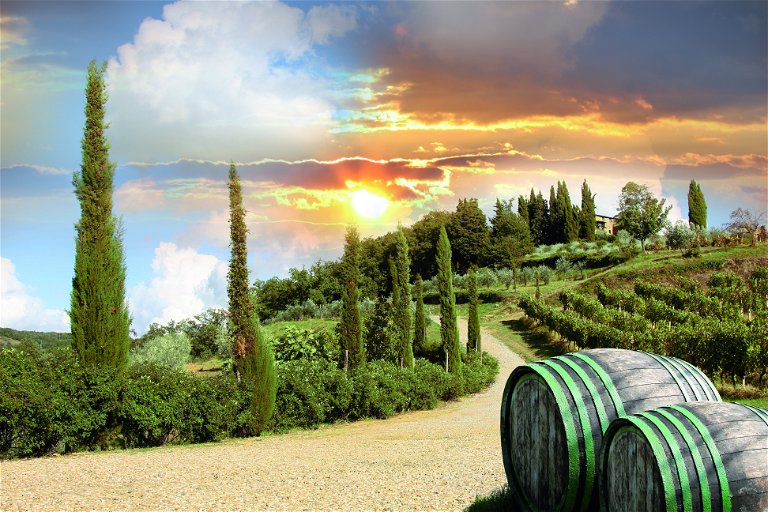
Italy
Small quantity, good quality
In Italy, mildew dominated the wine landscape in 2023. May and June brought plenty of rain, which was ideal for the spread of Peronospora in southern and central Italy. Many winegrowers reacted too late, which meant that large areas were affected. In the north, powdery mildew caused problems. A hot September with temperatures above 30 degrees led to further losses. Across the country, losses were well over 20% compared to the previous year. Tuscany and Apulia (minus 30 percent each), Abruzzo (minus 60 percent) and Sicily (minus 45 percent) were particularly hard hit. Despite losses in quantity, the quality of the 2023 vintage promises some outstanding wines, especially from cooler sites. Expect excellent Sangiovese from Tuscany (Chianti Classico, Brunello) as well as Barolo and Barbaresco from Piedmont. The low harvest volume could also have a positive impact on trade prices, as sales faltered over the course of the year and many producers' warehouses were overfilled. The lower volume should now ease the price pressure on winegrowers.
Don't miss out!
Sign up now for our newsletter.










